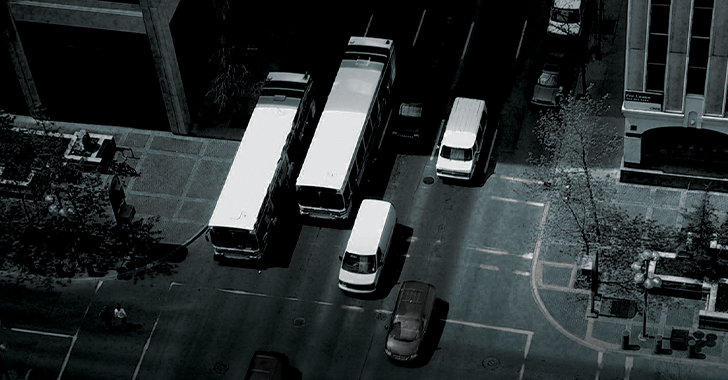When does a change to a camera setting take effect?
Last Revision Date: 7/28/2016
This article applies to all of our imaging products.
Camera settings or properties include white balance, exposure time, and gain. Changes to camera properties are implemented at different rates, depending on:
-
- the camera mode (trigger mode or free running),
- the frame rate (a higher frame rate means more random timing for when the change take effect), and
- the camera sensor (CCD or CMOS).
- On CCD cameras, the timing of the change varies, depending on the whether the camera used in trigger or free-running mode.
- On CMOS cameras, the timing of the property change is consistent, regardless of mode.
Cameras with CCD sensors
Trigger mode
The new property is generally applied to the next image (n). Using the camera in trigger mode is the most reliable way of ensuring that camera property changes are applied to the next frame.
Free-running mode
Best case scenario
There is a low probability that the new setting is applied to the next image (n) following a property change. In most cases, the setting is applied to the image after next (n+1). The reason for this is that the exposure period may be quite short (depending on the camera frame rate), and may not provide enough time for the setting to be applied before the data from the CCD reaches the A/D converter.
Worst case scenario
When a property value is set, the camera may require up to four frames for it to be applied. Here are some possible sources of delay:
-
- Images currently buffered on the PC are not affected by the latest property setting change and must be grabbed.
- The image that is currently being transmitted from the camera is not affected by the latest setting and must be grabbed. In free-running mode, images are transmitted constantly.
- The image that is currently being integrated may not be affected by the changed property setting if the change happened too late to affect the current image.
This sequence of 4 frames shows when the new property may be applied:
- Frame 1 is already captured and waiting on the PC.
- Frame 2 is being captured now. You change the property value while Frame 2 is being captured.
- Frame 3 is captured but the new property value is not applied right away due to latency or the type of property that was changed.
- Frame 4 is captured with the new property value applied to it.
Summary
-
- Use trigger mode to achieve the shortest time between changing a camera property and it being applied to a frame.
- To ensure that you are grabbing the frame that has the property change applied to it, take the 4th frame following the property change.
- For details of the property parameters, see the FRAME_INFO function in the Camera Register Reference.
Cameras with CMOS sensors
Trigger Mode
Changes to camera properties are applied to the frame after next (n+1) when in trigger mode. The property change is applied to the camera register on the first frame and applied to the sensor register on the second frame.
Free running mode
When in free-running mode, cameras with CMOS sensors apply the changes in the same way as cameras with CCD sensors, as described above.

